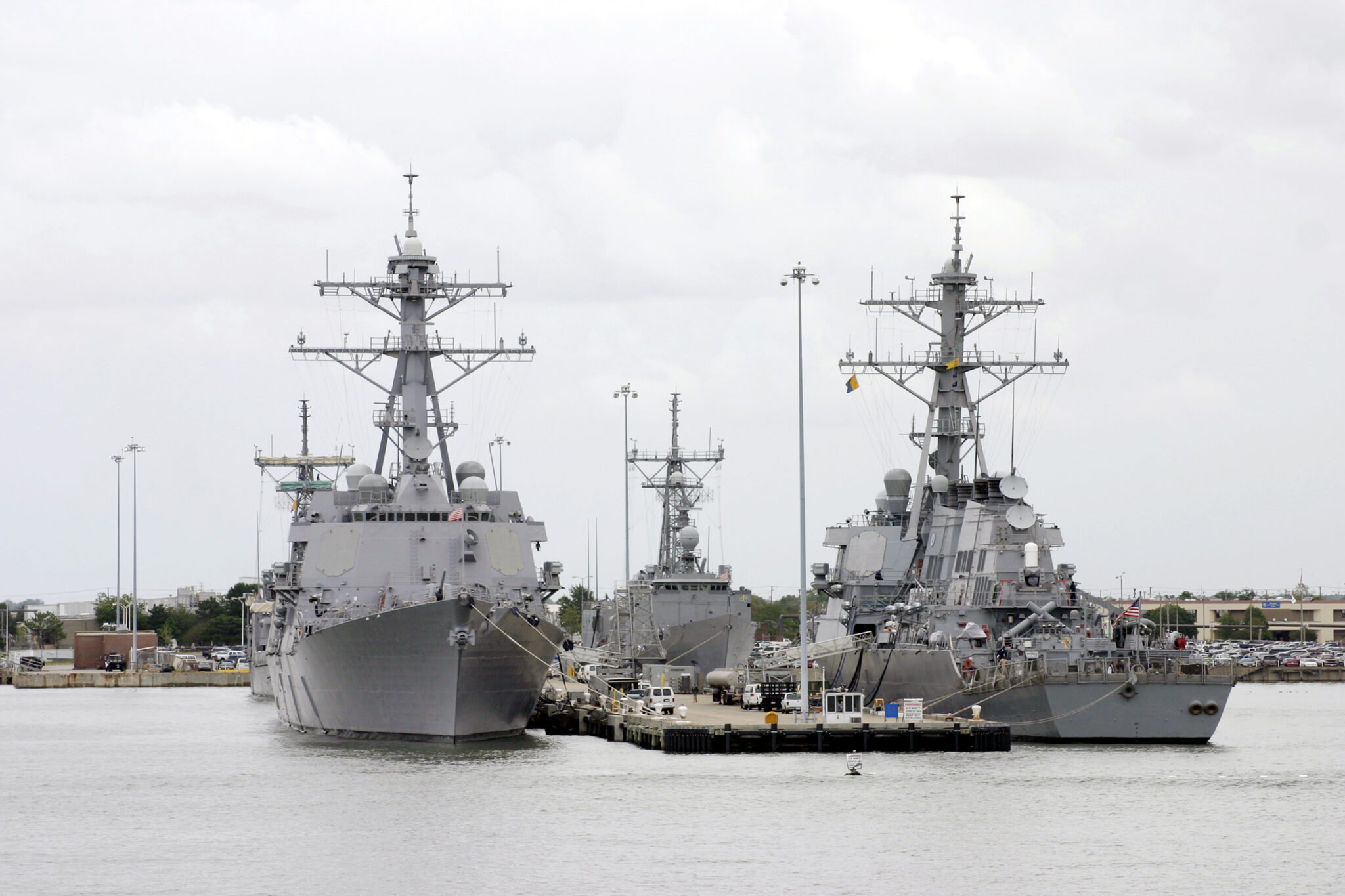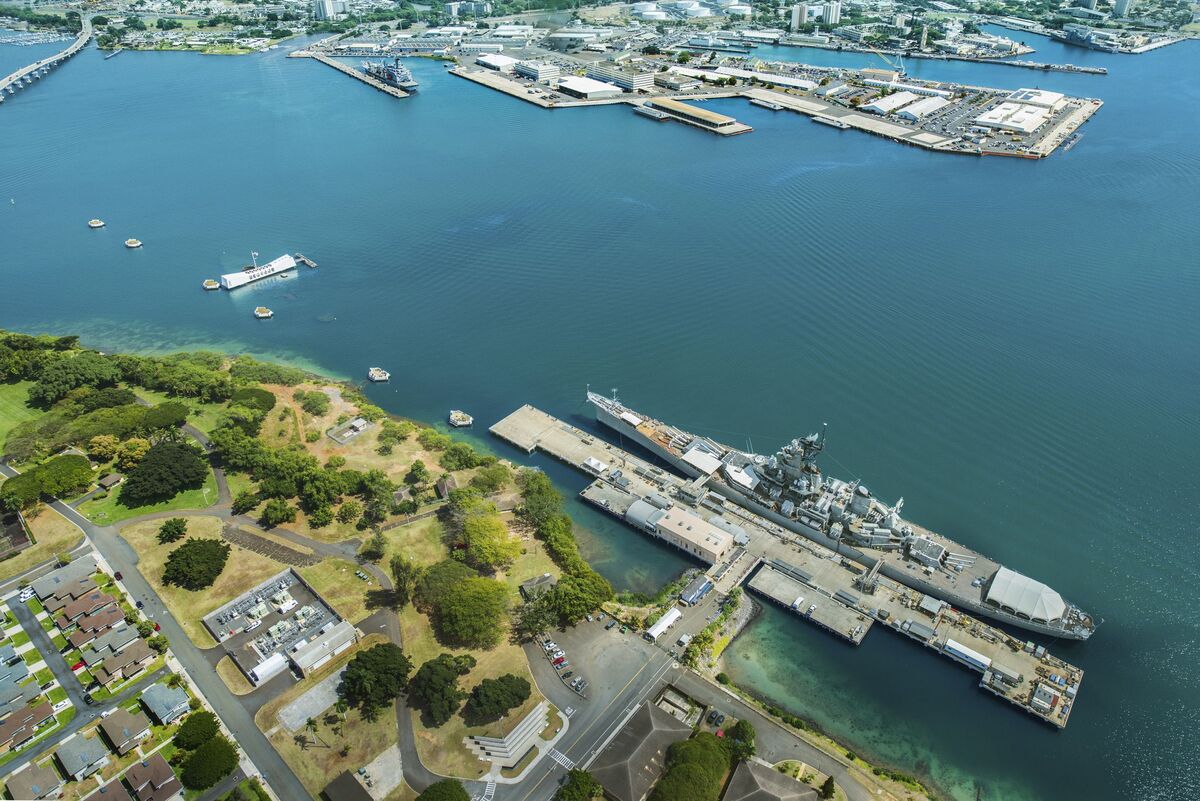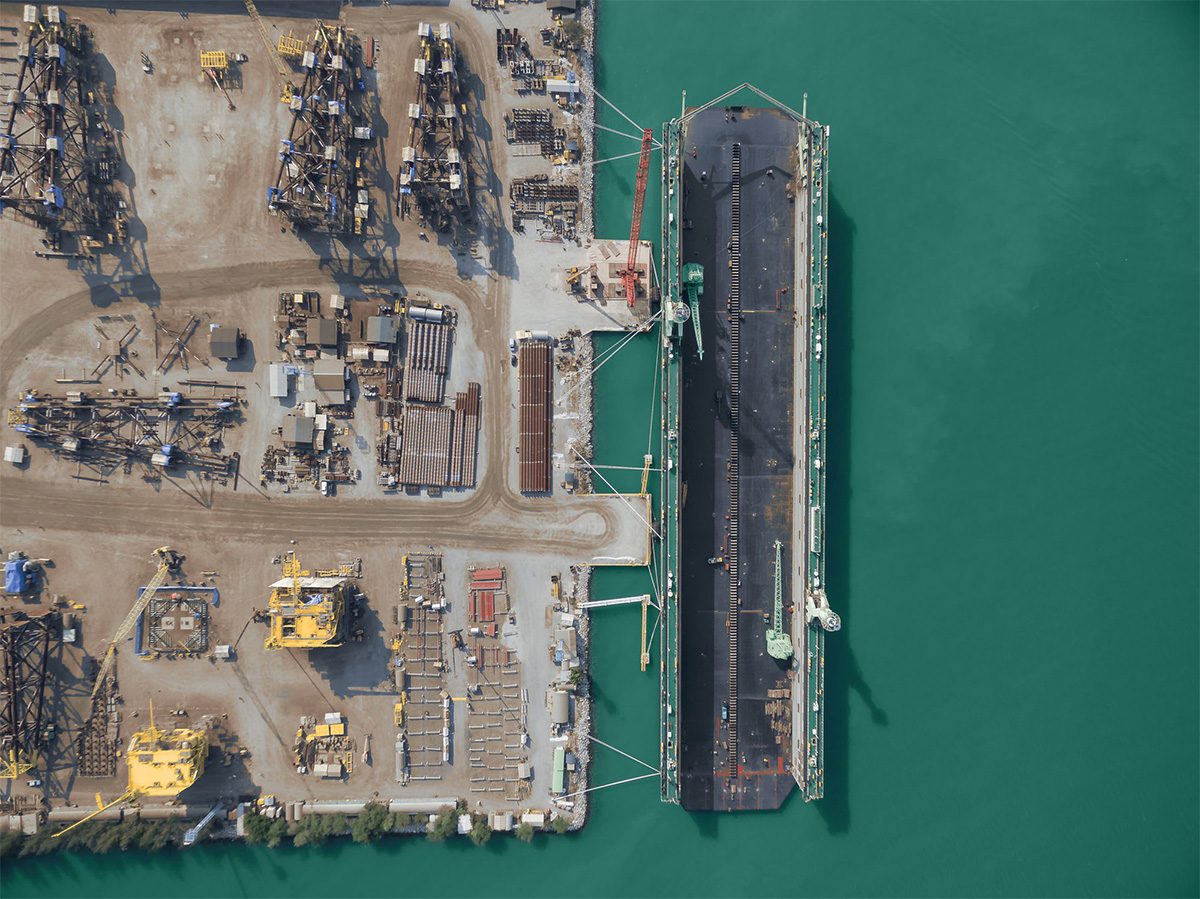Brooklyn Naval Yard
The Brooklyn Navy Yard was one of the United States' largest shipbuilding and repair yards. Until its closer in 1966, many navy veterans were exposed to asbestos, a carcinogen commonly found aboard ships as insulation and other fireproofing material.

Brooklyn Navy Yard – New York Shipbuilding Corporation
The Brooklyn Navy Yard, previously known as the New York Navy Yard, was an active naval shipyard operated from 1801 to the 1960s. At its peak during World War II, the site spanned over 350 acres and employed over 75,000 workers. Today, New York City maintains the site, which operates as an industrial park that hosts hundreds of private businesses.
Shortly after its opening, the Brooklyn Navy Yard served as an active shipyard for the United States Navy, producing wooden ships through the 1870s, and then steel ships from there on. It took several decades for the Brooklyn Navy Yard to start building ships, due to a lack of funding. The U.S.S. Ohio, a wooden ship built in 1817 and launched in 1820 was the first ship to come out of the yard.
Shipbuilding efforts increased in response to U.S. activity in the Spanish/American War, World War I, and World War II. In the meantime, several new buildings were constructed in an effort to adapt to the increased demand. In the years between wars, most workers at the Brooklyn Navy Yard were let go, but some stayed to repair ships, including coastguard cutters. The Brooklyn Navy Yard was renamed the New York Naval Shipyard in 1945, although the public primarily still referred to the yard by its original name.
Veterans who were diagnosed with mesothelioma may be eligible for VA compensation. To find out if you qualify, speak with a patient advocate today.

Related: San Diego Naval Shipyard Information
Brooklyn Navy Yard Asbestos Exposure History
For the majority of the 20th century, navy ships and shipyards contained the carcinogen known as asbestos. The toxin is a naturally-occurring fibrous mineral manufactured into certain building products because of its ability to contain heat and reduce the spread of fire. Asbestos products release tiny asbestos fibers in the air when disturbed or damaged. The result of ingesting or inhaling asbestos fibers could lead to the development of diseases such as mesothelioma and asbestosis.
Military veterans face higher risks of developing mesothelioma, especially those who served in the Navy or Coast Guard. Asbestos-containing products used throughout shipyards include pipe and water heater insulation, boiler rooms, power plants, and barracks. For a while, the carcinogen was also fabricated into clothing.
Jobs at Risk at Brooklyn Navy Yard
According to the Journal of Environmental Health Research, asbestos-related cancer among sailors is higher than in any other branch of the military. Besides the ships themselves, various buildings throughout the property contained asbestos. Those who were in boiler rooms or around insulation were especially at risk of exposure.
Due to the wide use of asbestos in certain industries, it’s likely that thousands of workers at the Brooklyn Navy Yard were exposed while on the job. Common military jobs that involved coming into contact with the toxin include:
- Aviation machinist mates
- Boiler technicians
- Damage controlmen
- Electrician’s mates
- Enginemen
- Gunner’s mates
- Hull maintenance technicians
- Machinery repair technicians
- Pipefitters
- Seabees
- Shipbuilders
Sailors were not the only victims of asbestos at shipyards. The Brooklyn Naval Yard offered private employment for many skilled trades, including pipe-fitters, electricians, welders, crane operators, truck drivers, and sheet metal workers, many of whom were women during World War II.
Related: Bethlehem Steel Shipyard Information
Notable Brooklyn Navy Yard Structures:
- Brooklyn Naval Hospital and Cemetery (completed in 1838)
- Brooklyn Navy Yard Center (completed in 1857), former U.S. Marine Barrack Grounds
- 6 Dry Docks (completed between 1851 and 1943)
- Supply Storehouse (completed in 1917), former supply storehouse
- Building 77 (completed in 1941), former yard headquarters
- Building 1 (completed in 1942), former materials testing laboratory
- Building 41 (completed in 1942), former power plant
- Building 128 (completed in 1900), former machine and erecting shop
- Building 132 (completed in 905), former steam engine repair shop
Does the Brooklyn Navy Yard Still Build Ships?
The Brooklyn Navy Yard has not built a ship since its closure in 1966. As the years went by, the shipyard fell behind in technological advances and eventually became too small for larger, modern ships to enter. Conversations about the possible closure of the Brooklyn Navy Yard began in 1964, followed by an announcement from the Department of Defense in 1965 that the shipyard would close.
The last ship built, the Austin-class amphibious transport dock Duluth warship, was launched in August 1965. The Navy spend the final months of 1965 commissioning the last few ships before the yard formally closed on June 30, 1966. Many workers relocated to the Philadelphia Naval Shipyard or other locations.
Related: Ingalls Shipyard – Mississippi Shipbuilding in Pascagoula
Present Day Activities at New York Naval Shipyard
Over the last 50 years, the use of the Brooklyn Navy Yard became an area for private manufacturing and commercial business. Hundreds of millions of dollars have been spent redeveloping the site. In 1999, part of the yard became host to Steiner Studios, the largest film and television production studio in the U.S. outside Hollywood.
A museum at the former shipyard was created to share the history of the yard and address future plans. Over 300 businesses currently operate at the yard, and the city has plans to rebrand the area in the near future. The entire site was listed on the National Register of Historic Places in 2014.
Related: Bremerton Naval Shipyard Facts
Is there a Brooklyn Navy Asbestos Settlement?
Veterans who worked at the Brooklyn Navy Yard between World War II and its closure in 1966 have a higher chance that they were exposed to asbestos. Victims can acquire compensation to cover the costs of treatment or other costs associated with an asbestos-related disease through an asbestos lawsuit.
In an asbestos lawsuit, veterans don’t file a claim against the military but against the companies that manufactured the products. Over the last 30 years, over 1000 victims who worked at the Brooklyn yard have filed claims. The site of exposure for most of them was in boiler rooms throughout the yard. One firm was able to recover $75 million in damages for around 30 boiler room workers.
Veterans can file a VA claim to cover the costs of treatment, transportation, and other related expenses. It’s a common myth that filing a claim will bring a lawsuit against the military. Instead, just like mesothelioma lawsuits, the claims go against the companies that manufactured asbestos products and later sold them to the military.


